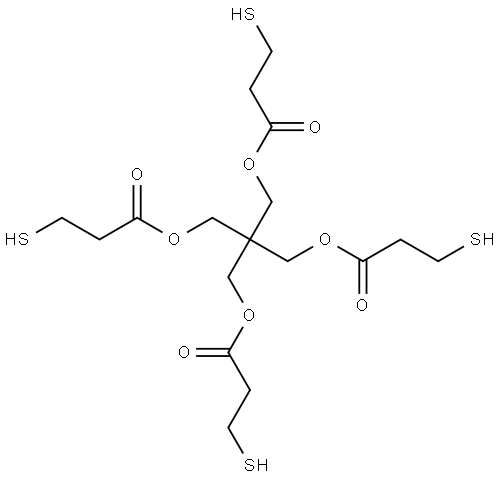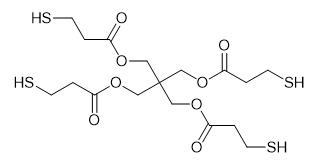Thiol-ene click reactions and application of pentaerythritol tetra(3-mercaptopropionate)
Under standard ambient conditions, pentaerythritol tetra(3-mercaptopropionate) is a colorless transparent liquid. It is insoluble in water but miscible with most organic solvents. Pentaerythritol Tetra(3-mercaptopropionate) is an organic compound which is derived from pentaerythritol fully esterified with four equivalents of 3-mercaptopropionic acid.
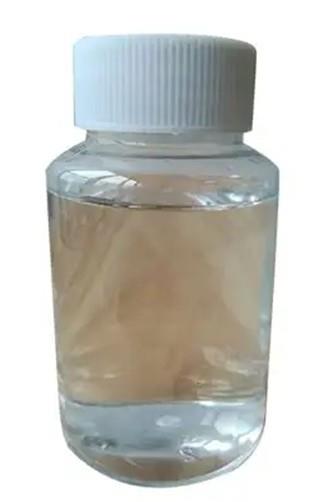
Figure1: Picture of pentaerythritol tetra(3-mercaptopropionate)
Thiol-ene click reactions
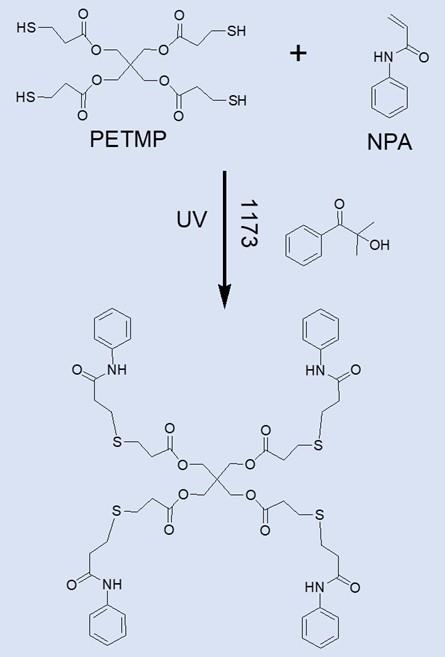
Figure2: Thiol-ene click reactions of pentaerythritol tetra(3-mercaptopropionate)
Degradable polymer networks were successfully prepared through thiol-ene click reactions between pentaerythritol tetra(3-mercaptopropionate) and pentaerythritol tetraacrylate/trimethylolpropane triacrylate. The structural characteristics and material properties were investigated using Fourier-transform infrared spectroscopy, Raman spectroscopy, thermogravimetric analysis, and scanning electron microscopy. Degradation evaluation in different media - including phosphate buffers with and without esterase, as well as hydrogen peroxide oxidative environments-demonstrated material degradation across all conditions. Specifically, slow hydrolytic degradation occurred in phosphate buffer without enzymatic acceleration, while significantly enhanced degradation rates were observed in hydrogen peroxide solutions. Compared to complex synthesis methods and precise sequence control, thiol-ene free-radical reactions demonstrate significant advantages. While no previous studies have reported the thiol/ene free-radical reaction between mercapto-olefins and N-phenylacrylamide (NPA), pentaerythritol tetra(3-mercaptopropionate) has been successfully reacted with N-phenylacrylamide (NPA) via ultraviolet-initiated thiol-ene free-radical mechanism to produce the final product (abbreviated as NPP). The preliminary applications of NPP were explored, including photoluminescence, adhesion, and thermoresponsive properties. pentaerythritol tetra(3-mercaptopropionate)-based NPP exhibited excellent adhesion on various substrates, maintaining strong bonding to glass surfaces even after prolonged submersion in water. [1]
Polymer preparation
Polymer samples with varying ratios and concentrations of the initial monomer mixture were synthesized in N,N-dimethylformamide (DMF) . The DMF was used as received without degassing with inert gas. The monomer mixture consisted of pentaerythritol tetraacrylate (PETA) or trimethylolpropane triacrylate (TMPTA) as the "ene" components and pentaerythritol tetra(3-mercaptopropionate) (PEMP) as the thiol-containing component. The synthesis proceeded at 30°C for 1 hour under constant stirring, yielding transparent, slightly rubbery gels. These gels were subsequently washed in DMF for 1 hour followed by three acetone washes to remove unreacted monomers, then exposed to water to eliminate acetone residues, and finally freeze-dried for characterization. Each synthesis was independently repeated at least three times, with the resulting networks demonstrating reproducible properties. [1]
Fabrication of porous spherical particles
A facile method for preparing hierarchically porous spherical particles has been developed, utilizing visible-light-induced polymerization of the oil phase in water-in-oil-in-water (w/o/w) double emulsions via water-in-oil high internal phase emulsion (w/o HIPE). The HIPE system contains 80 vol% internal phase, with an oil phase comprising thiol compounds—pentaerythritol tetra(3-mercaptopropionate) (PETMP) or trimethylolpropane tris(3-mercaptopropionate) (TMPTMP)—and acrylate compound trimethylolpropane triacrylate (TMPTA). This approach enables batch production of microspheres with open porous morphology, exhibiting interconnected pores both on the surface and throughout the interior, while achieving high yield. The effects of pentaerythritol tetra(3-mercaptopropionate)-to-acrylate ratio on microsphere diameter, pore structure, window size, and degradation behavior were systematically investigated. Results demonstrate that the thiol component has minimal impact on microsphere diameter and pore size, whereas the acrylate ratio significantly influences degradation rate—showing progressively slower degradation with increasing acrylate content. The feasibility of free thiol group functionalization was confirmed through reactions with allylamine, while methylene blue adsorption experiments verified the excellent adsorption capabilities of the microspheres.
Application
pentaerythritol tetra(3-mercaptopropionate) is a common thiol monomer reacted with alkenes in the thiol-ene reaction to form polymeric networks. Being functionalized with four thiol groups, pentaerythritol tetra(3-mercaptopropionate) can react with multifunctional alkenes to form thiol-ene networks. Pentaerythritol tetrakis(3-mercaptopropionate) serves as a key precursor for synthesizing various materials. These include degradable polymer networks via thiol-ene click chemistry with tri-/tetra-acrylates, thiol-ene-methacrylate composites for dental restoratives, and polydimethylsiloxane-based network solid polymer electrolytes for lithium-ion batteries. It is also applicable in functionalizing poly(high internal phase emulsion) materials for heavy metal removal from water.
Reference
[1] S. Kazybayeva1, Synthesis of hydrolytically and oxidation-responsive networksusing thiol-ene “click” chemistry with pentaerythritol tetrakis(3-mercaptopropionate) and tri/tetra-acrylatesDiara, Polym Adv Technol.2021,32:2682.
Related articles And Qustion
Lastest Price from Pentaerythritol Tetra(3-mercaptopropionate) manufacturers
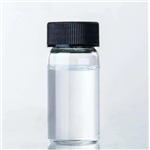
US $18.00-12.00/kg2025-11-03
- CAS:
- 7575-23-7
- Min. Order:
- 1kg
- Purity:
- 99%
- Supply Ability:
- 300tons
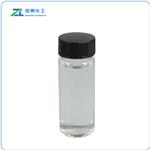
US $70.00/kg2025-04-15
- CAS:
- 7575-23-7
- Min. Order:
- 1kg
- Purity:
- 99
- Supply Ability:
- 5000
